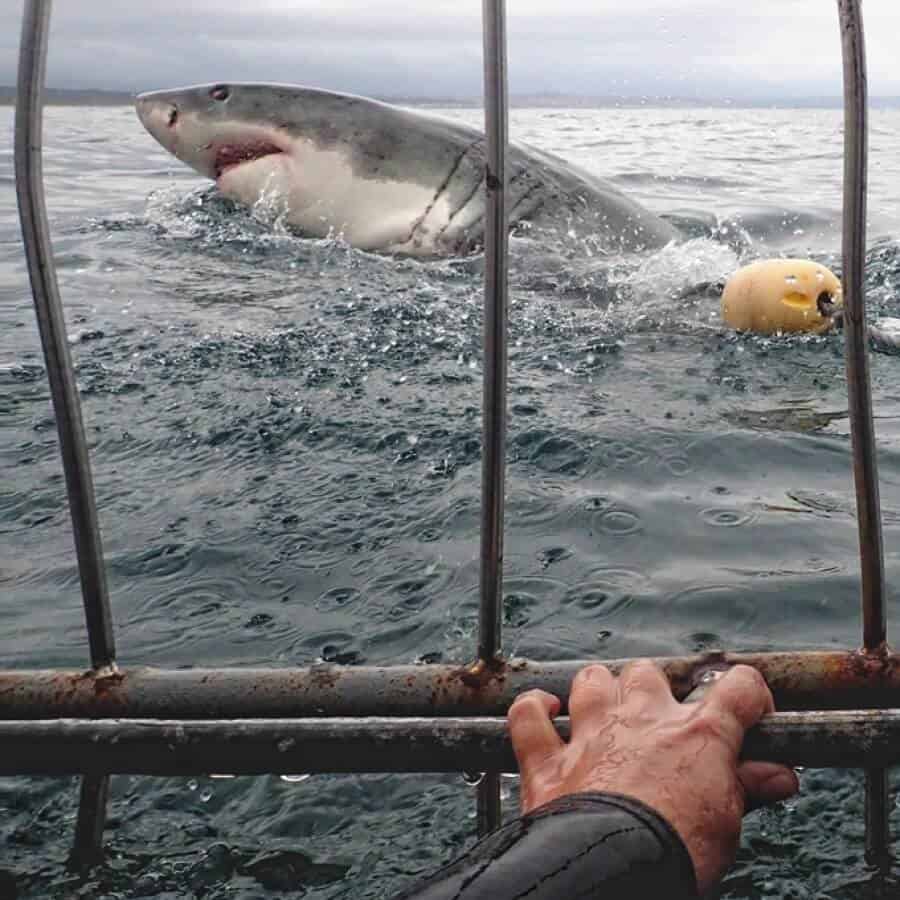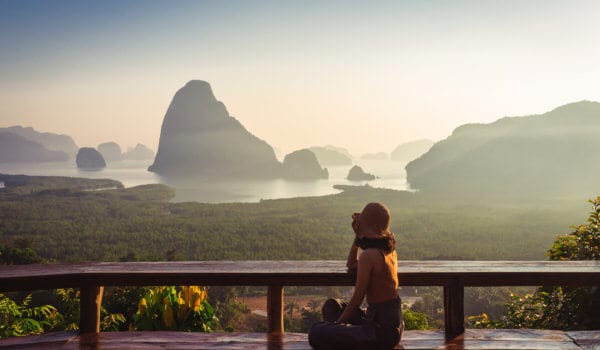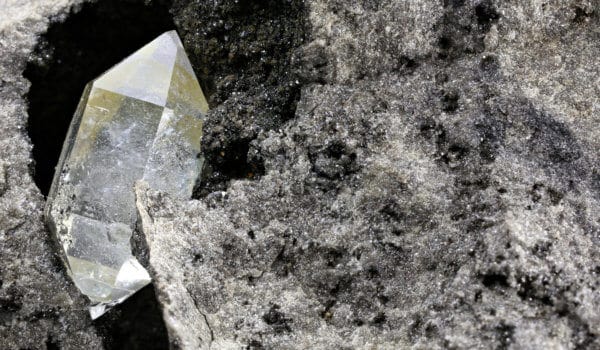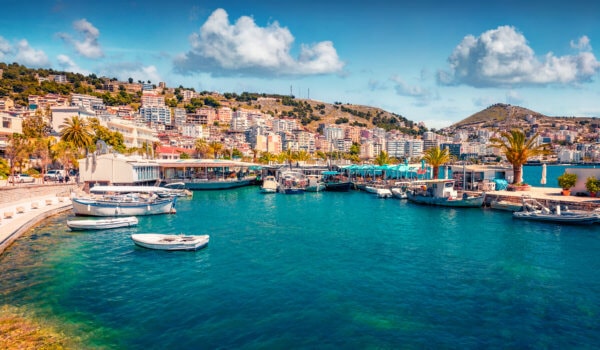In the past few years, Leigh Woods, Project Manager at Youth Time International Movement has been exploring the globe with hopes of experiencing close encounters with its most weird and wonderful creatures. While many individuals' bucket lists contain activities such as bungee jumping and mountain climbing, Leigh’s lifelong dream was to dive with one of the most feared creatures ever to inhabit the planet.
Sharks have always fascinated me and none more so than the infamous great white. Since first watching David Attenborough’s Wildlife on One, I’d envisioned one day experiencing a closeup encounter with the most notorious of beasts that lurk the deep blue.
Feared by most who step foot into the water, great white sharks have unjustifiably earned themselves a bad reputation through exaggerated media stories and, most notably, the blockbuster film Jaws.
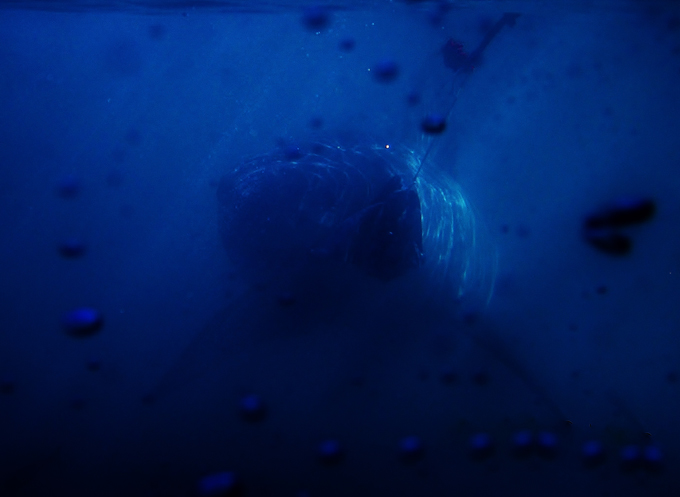
The great white shark is listed as a vulnerable species on the IUCN red list, however, estimations made by leading shark biologists state there are fewer than 3,500 individuals, making them more vulnerable to extinction than the tiger. Some sources claim that their population is growing while others argue it is declining.
In light of this, I felt it was high time I realised my dream of coming face-to-face with the sharks before it might be too late.
It was during my spell in South Africa that the time had come to bring my long awaited meeting with Carcharodon carcharias to fruition. I had been travelling along the picturesque Garden Route and chose to spend a few days in Hermanus, a quaint little town situated on a mountainous bay and one of the world’s hotspots for whale watching.
Between May and September, southern right whales annually migrate from the Antarctic to give birth to their young in the warmer waters of South Africa’s coastline. The town is also situated about a 40-minute drive away from one of the most famous great white shark hotspots in the world, Gansbaai.
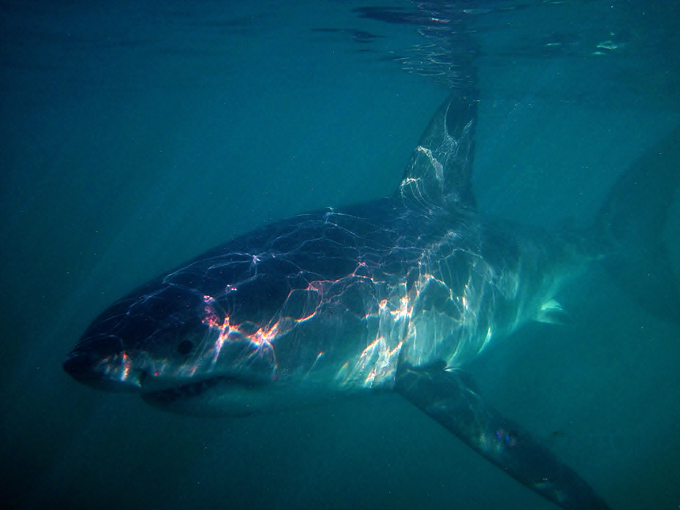
A view from the cage / Photo: Leigh Woods
I entrusted White Shark Ecoventures to ensure that there would be no chance of disappointment. After a quick breakfast and an induction informing us on all of the safety regulations, we set off out to sea. My initial excitement quickly turned to apprehension as the realisation set in that I would soon be plunging into the water with a one-and-a-half-tonne fish that some call “White Death”. I began to play out disastrous scenarios in my head, asking myself questions such as “What if the cage detaches itself from the boat and we sink toward the seabed?”, and “What if the shark breaks through the cage and gobbles me up?”
Before I knew it, we had arrived at Shark Alley and the boat engines came to a halt. A pair of tuna heads coupled with a bucket full of chum were tossed into the surrounding water and then the wait began. Around half an hour of gazing into the grey/blue void had passed before a large silhouette emerged from the depths of the murky sea. I suspiciously squinted my eyes to block out the glare reflecting off the shimmering surface, and then I was certain. “Shark! shark!”, I excitedly called to the boat captain as the ten-foot-long adolescent male menacingly glided closer toward the starboard side of the boat. Without a moment’s hesitation, we were instructed to put on our snorkels and climb down into the steel cage. Still nervous about all of the potentially catastrophic situations that had been running through my mind, I cautiously lowered myself into the only thing that would separate me from the three sharks that were already circling the boat. Strangely, all of my worries filtered away and were replaced with serenity the moment I entered the water. There was something so tranquil about being alone with my thoughts beneath the ocean swell.
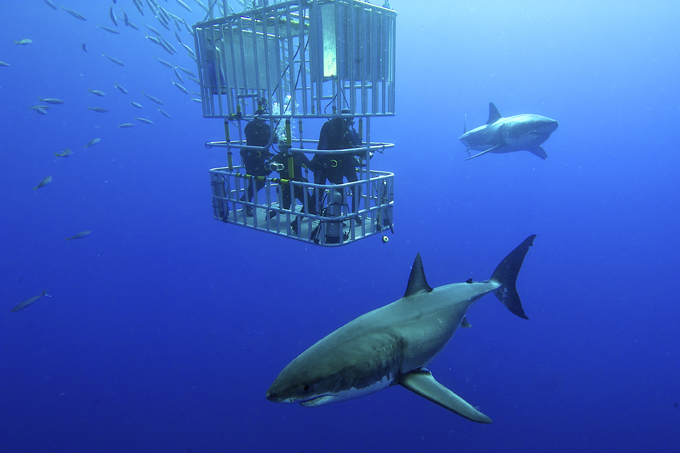
White Shark / Photo: Shutterstock
As the first shark gradually appeared from out of the shadows, I remember feeling completely at peace, entirely without fear as the apex predator gracefully edged closer. As he quietly swam by, I couldn’t help but stare intensely into his almost extraterrestrial jet black eyes. Though virtually impossible to distinguish exactly where a great white is directing its gaze, somehow I knew that he was looking at me, sussing me out.
Soon after, two more sharks began to encircle the boat and I found myself surrounded from all angles. I never felt threatened, not once. Sharing a few moments in the cold South African winter waters with the great whites helped me to understand that they had absolutely no interest in causing me any harm, despite a few heavy bumps against the cage. Each shark was only interested in the bait that had lured them into our vicinity in the first place.
A young male white shark inquisitively circles the boat / Photo: Leigh Woods
It was only when the sharks surged for the glum looking tuna heads that I was reminded of the immense power and killer instinct that great whites possess. With the ability to accelerate from a leisurely swim to incredible speeds in the blink of an eye, each shark would dart toward the bait with eyes rolled back and jaws wide open. On a few occasions, some of the sharks would actually breach, thrashing their streamlined bodies around as they cleared the water surface entirely.
After spending around an hour in complete euphoria in the water, it was finally time to call it a day and we reluctantly headed back to the harbour. I spent the next few days totally in awe of the brief encounter I’d had with one of the greatest forces of nature to inhabit our planet.
Shark populations have been decimated over the past 100 years due to overfishing, trophy hunting, culling and finning. There are some that firmly believe that these atrocities are beneficial to mankind and that due to unprovoked attacks on humans, we would be better off in a world without them. I’d argue that stepping out of our natural environment and into theirs is to provoke a naturally curious animal and that as apex predators, sharks are undoubtedly essential for maintaining healthy ecosystems that we and many other species depend on. Furthermore, attacks on humans are extremely rare and are often a consequence of mistaken identity.
Since that significant day I spent in Shark Alley, thoughts have stirred in my mind about what it would be like to live in a world without great white sharks and how many more species would soon follow them into extinction. As custodians of our beautiful planet, I believe that it is our moral obligation to ensure that this very real possibility does not become a tragic reality.
Read more here:
Support us!
All your donations will be used to pay the magazine’s journalists and to support the ongoing costs of maintaining the site.
Share this post
Interested in co-operating with us?
We are open to co-operation from writers and businesses alike. You can reach us on our email at cooperations@youthtimemag.com/magazine@youthtimemag.com and we will get back to you as quick as we can.
